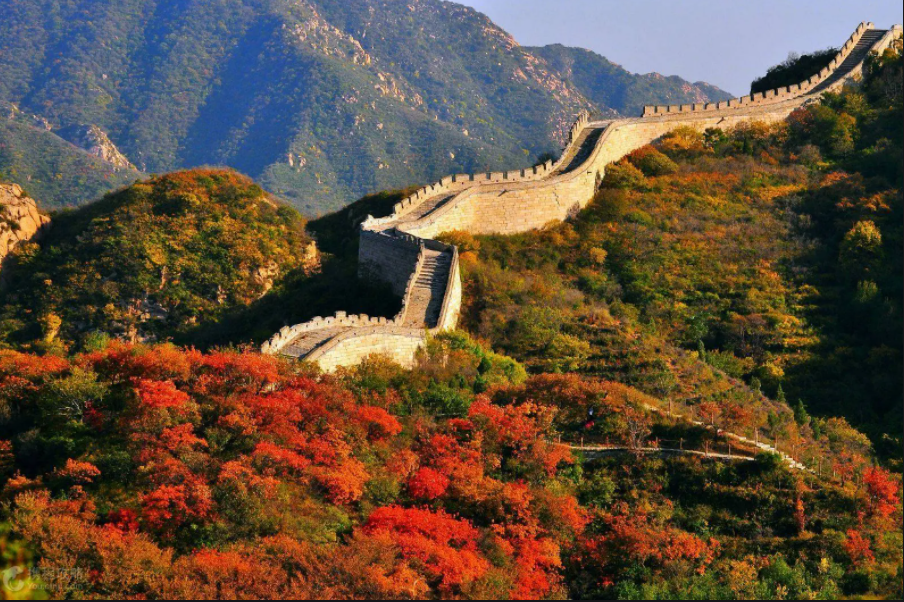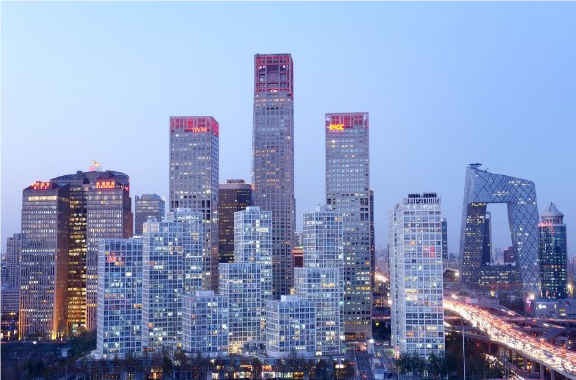Beijing, the capital of the People’s Republic of China (PRC), the center of politics, culture, transport, tourism, and international communication in China, is a fast-growing, dynamic metropolis, that attracts foreign businesses and visitors, and maintains a firm grip on its rich cultural heritage.
- Area: 16,800 sq km (6552 sq mi)
- Population: 21.7 million
- Country: People' s Republic of China
- People: 95% Han Chinese
- Main language: Mandarin (putonghua)
- Time zone: GMT/UTC plus 8 hours
- Telephone area code: 010
To travel in Beijing, you' d better know something about Beijing' s history. Because of its perfectly combined ancient history and modern culture, Beijing has attracted visitors from all over the world. Beijing citizens receive millions of visitors at home and abroad every year with their everlasting enthusiasm, humor, and hospitality.
As an ancient city, its history can be traced back to 3,000 years ago. In the Spring-Autumn and Warring Periods (770 BC – 221 BC), Yan Nation established its capital in Beijing, calling it “Ji”. In Qin Dynasty, Han Dynasty, and Three Kingdom Period, the Beijing area is the center of northern China. Wang Mang established its capital in Beijing in the Yan Nation at the end of the Western Han Dynasty, so Beijing is also called “Yanjing”. During the Southern Song Dynasty, Liao Nation established its Capital in Beijing, calling it “Pei”, Jin Dynasty officially established its Capital in Beijing. Since then, the Yuan Dynasty, Ming Dynasty, and Qing Dynasty all established the Capital in Beijing, with a total of 34 emperors reigned in Beijing in China’s ancient history.
The long history of Beijing has left a large number of cultural relics and various human landscapes, which provide very rich tourism resources for Beijing. The magnificent Great Wall and the Forbidden City are world-famous tourist attractions. The beauty of the Summer Palace, Beihai, Xiangshan, and the Temple of Heaven are all great magnets for visitors.


After the founding of New China, as the country’s political and cultural center, Beijing has made great progress in its social business and urban infrastructure facilities, especially in the period of more than 20 years after 1978 with the implementation of “reforming and opening up”. Beijing has developed and changed rapidly since then. Now, it is a modern city with high-rise buildings, shopping malls, and vast international hotels connected by intricate freeway and subway systems crisscrossing the city.


